This article have a deep dive into the evolution of American Music and Dance. The multifaceted tapestry of American culture resonates with the intricate interplay of music and dance, enigmatic art forms that have woven their narratives across epochs. From the rhythmic cadences echoing in Native American ceremonies to the electrifying crescendos of contemporary hip-hop, and from the stately waltzes of yesteryears to the kinetic symphonies of modern dance, the evolutionary journey of American music and dance is an enthralling odyssey that traverses realms of innovation, cultural convergence, and unfettered self-expression.
Table of Contents
The Resonance of Indigenous Echoes: Native American Traditions (Pre-European America)
In the primordial embrace of pre-European America, Native American tribes thrived in a chromatic mosaic of musical and dance traditions. These resplendent expressions often converged around spiritual ceremonials, forging connections between humanity and the primordial energies of the land.
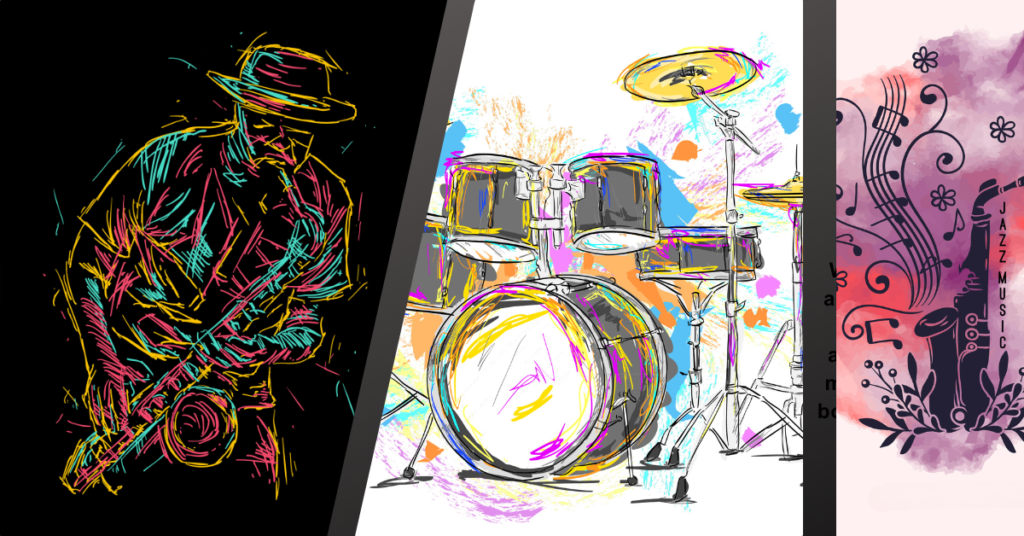
Drums beat to the pulse of the earth, flutes whispered melodies to the wind, and dances manifested as corporeal prayers, a synergistic mélange of rhythm, melody, and motion that harmonized humanity with the cosmos.
A Sonata of Migration: European Harmonies Merge (Late 15th Century Onward)
With the arrival of European settlers, a harmonious convergence of musical narratives unfolded. European classical overtures, folk ballads, and lilting melodies melded with the preexisting Native American resonances.
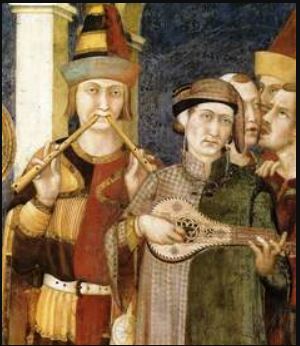
This sonic alchemy birthed a plethora of novelties, exemplified by the melodic tapestry of Appalachian folk traditions and the birth of the lively square dance. European instruments like violins and pianos harmonized with the landscape, amplifying the auditory portrait of the nascent nation.
Syncopating the African Diaspora: Slavery’s Echo in Jazz (17th Century Onward)
The African diaspora wielded an indelible impact on American music and dance, as rhythmic cadences crossed oceans and epochs.
Enslaved Africans transposed ancestral rhythms into the New World, fusing with European harmonics to forge genres like jazz and blues. These artistic musings bore witness to the struggles and triumphs of African-Americans, a rhythmic resonance that culminated in the birth of innovative genres.
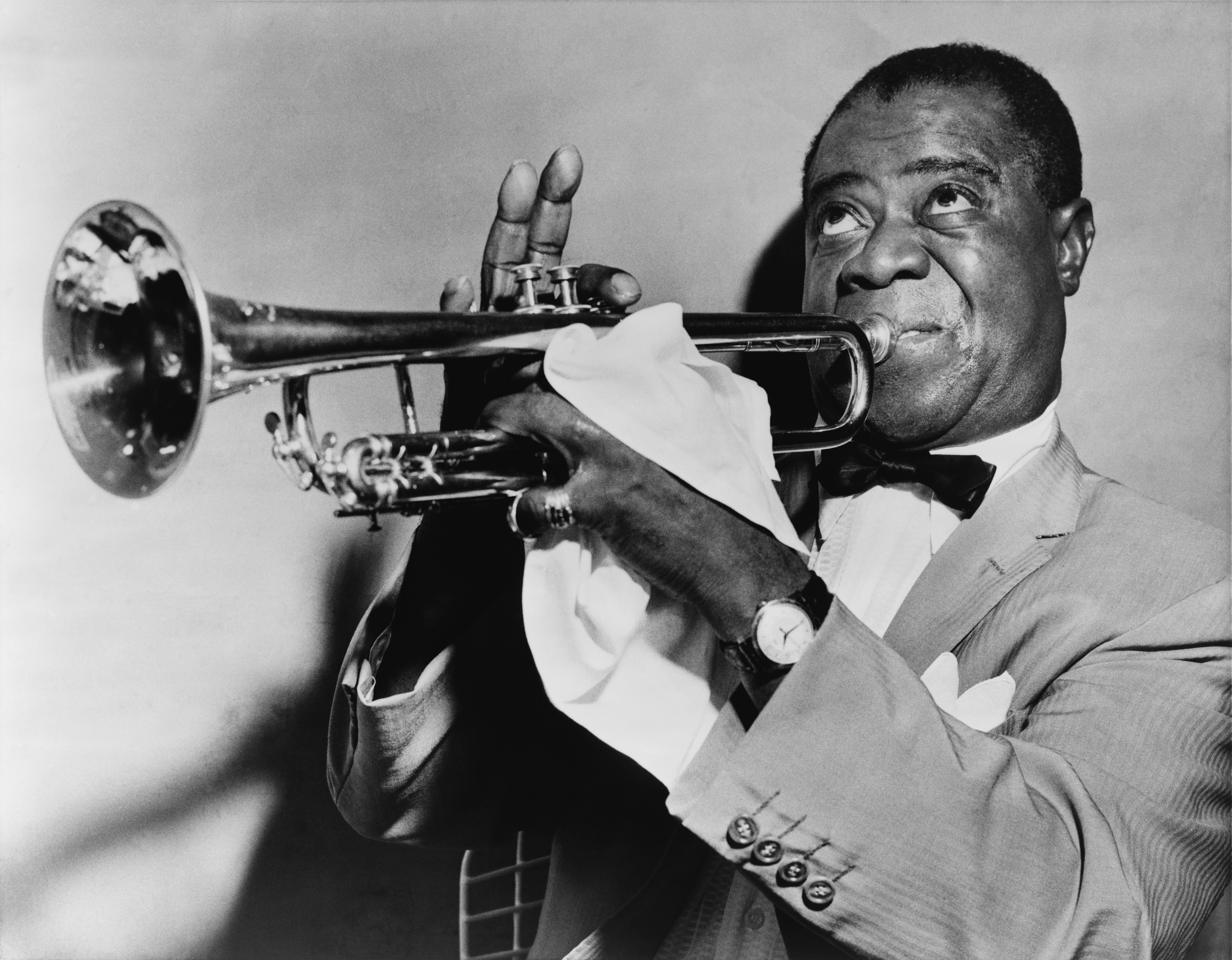
Jazz’s syncopation not only transmuted melodies but choreographed a new dance, a kinetic canvas of vigor and improvisation.
The Swing Era’s Euphoria: Dance Halls and Jazz Orchestras (1930s – 1940s)
Enter the ebullient era of the swing, the 1930s and 1940s, where dance halls and jazz orchestras convened in an ecstatic rendezvous. Lindy Hop and Charleston infused the dance floors with spirited dynamism. Melodies orchestrated by the likes of Count Basie and Benny Goodman unfurled across a landscape marred by economic turbulence yet vibrant with cultural vivacity. These dance floors burgeoned as arenas of interaction, where individuals expressed their pulsating emotions through exuberant choreography.
Counterculture Chronicles: Beat Generation to Hip-Hop (1950s – 1970s)
Post-World War II bore witness to counterculture’s emergence, a maverick movement leaving an indelible imprint on music and dance. The Beat Generation heralded an era that catalyzed the 1960s counterculture, spawning genres like rock ‘n’ roll and folk, eventually giving rise to hip-hop. The Bronx birthed this phenomenon in the 1970s, a cultural whirlwind that not only revolutionized music but also birthed breakdancing and street dance forms, merging rhythm and expression into a tapestry of collective ingenuity.
Fusion and Global Grooves: Modern Echoes (21st Century)
As the 21st century unfolds, American music and dance metamorphose, transmuting through the crucible of globalization and technology. Contemporary genres such as pop, electronic, and R&B crescendo across airwaves.

Meanwhile, ballet, contemporary, and urban dance styles burgeon both in traditional studios and on viral social platforms. Geographical barriers blur in a mélange of inspiration, as artists draw from global tapestries to concoct genre-bending compositions that push the frontiers of sonic and kinetic evolution.
Coda: A Harmonious Tapestry of Expression
The chronicle of American music and dance metamorphoses across epochs and landscapes, an enigmatic symphony of evolution.
From the native beats that intertwined with nature’s rhythms to the contemporary harmonies that reverberate through digital soundwaves, the trajectory maps innovation, assimilation, and exploration. Amidst the flux, music and dance transcend mere entertainment, orchestrating narratives of cultural dialogue, experiential amalgamation, and unyielding unity, echoing the potent impact of artistic expression on the human journey.
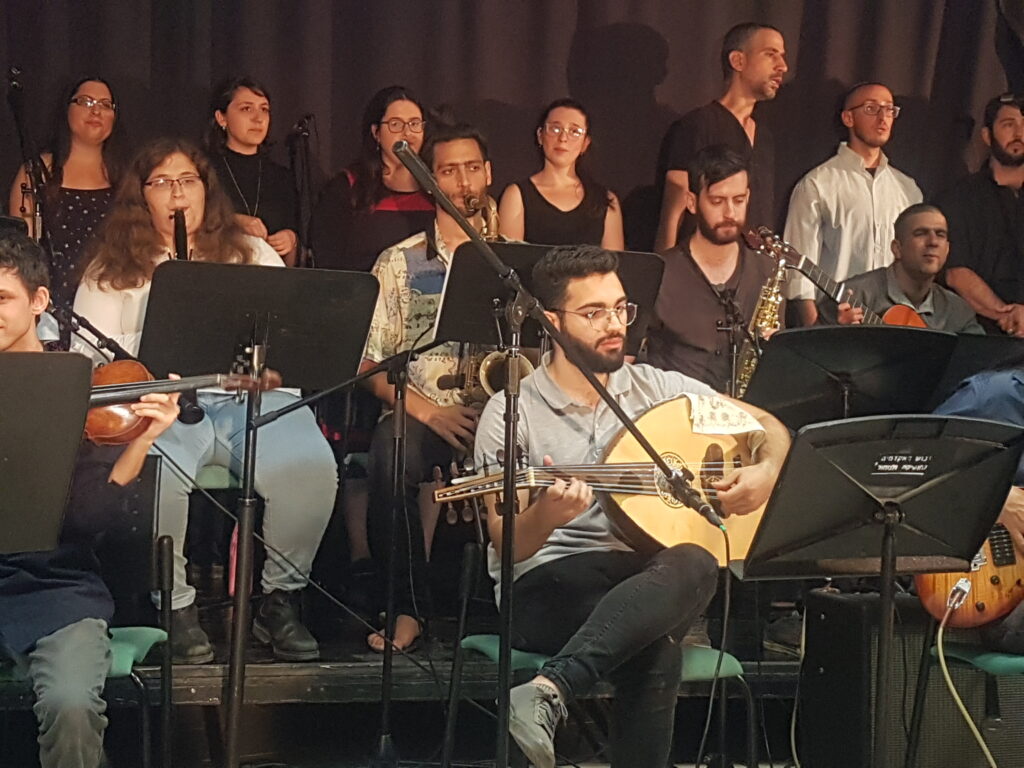
Conclusion: A Symphony of Timeless Artistry
In the grand tapestry of American culture, music and dance serve as vibrant threads, woven across centuries and cultures. From ancient rituals to modern innovations, these art forms have evolved, intermingled, and redefined cultural boundaries. They encapsulate the essence of self-expression, cultural exchange, and unity, reminding us of the profound influence art has on shaping societies and touching hearts.
Frequently Asked Questions (FAQ)
Q1: How did Native American traditions influence American music and dance?
The rich traditions of Native American tribes encompassed rhythmic ceremonies and dances that forged a connection with the natural world and spiritual energies. These influences left an indelible mark on the evolution of American music and dance, infusing them with a sense of reverence and unity.
Q2: How did European settlers contribute to the evolution of American music and dance?
European settlers brought their own musical and dance traditions, which intertwined with Native American rhythms. This fusion gave rise to new forms of music and dance, reflecting a harmonious blend of cultural influences.
Q3: What role did jazz play in American music and dance?
Jazz emerged as a dynamic genre born from the fusion of African and European musical elements. It not only revolutionized music but also influenced the way people danced, fostering improvisation and syncopated movements.
Q4: How did counterculture movements impact music and dance?
Counterculture movements like the Beat Generation and the 1960s counterculture led to the rise of genres such as rock ‘n’ roll and hip-hop. These genres not only transformed musical landscapes but also introduced new dance forms that embodied social and cultural expressions.
Q5: How has globalization influenced modern American music and dance?
The 21st century has witnessed the convergence of global influences and technological advancements, shaping contemporary music and dance styles. Artists draw inspiration from diverse sources, leading to the creation of genre-defying expressions that reflect the interconnected world we live in.
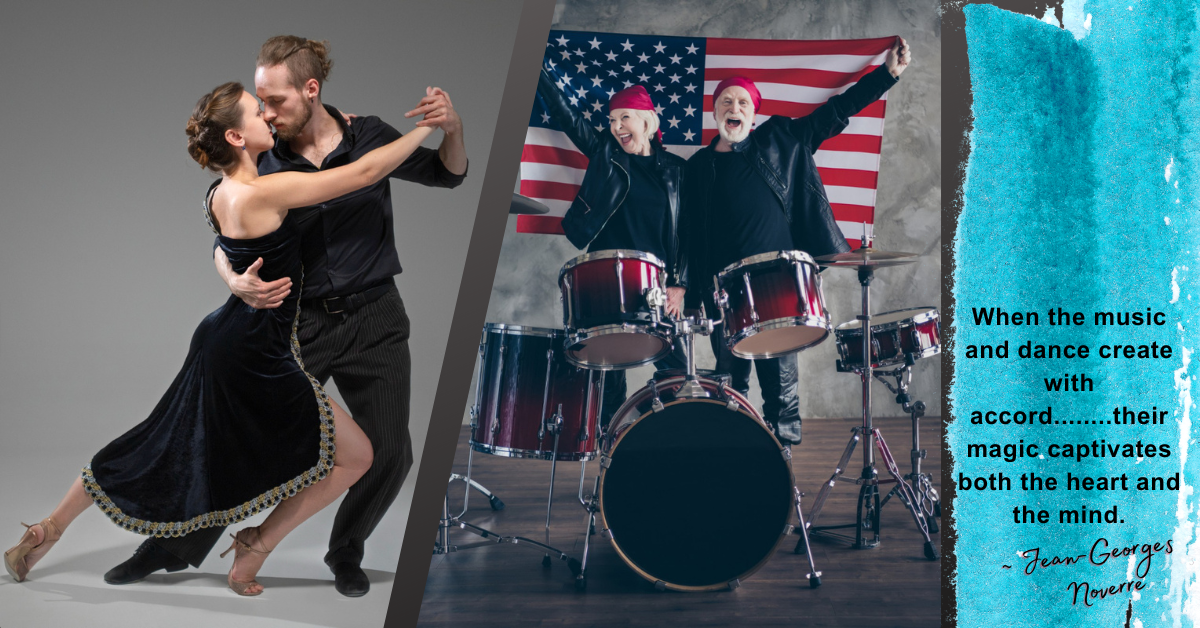
My brother suggested I might like this blog He was totally right This post actually made my day You can not imagine simply how much time I had spent for this info Thanks
Normally I do not read article on blogs however I would like to say that this writeup very forced me to try and do so Your writing style has been amazed me Thanks quite great post
I was recommended this website by my cousin I am not sure whether this post is written by him as nobody else know such detailed about my difficulty You are wonderful Thanks
Ive read several just right stuff here Certainly price bookmarking for revisiting I wonder how a lot effort you place to create this kind of great informative website
you are in reality a just right webmaster The site loading velocity is incredible It seems that you are doing any unique trick In addition The contents are masterwork you have performed a wonderful task on this topic
I just could not depart your web site prior to suggesting that I really loved the usual info an individual supply in your visitors Is gonna be back regularly to check up on new posts
I’m still learning from you, as I’m making my way to the top as well. I certainly enjoy reading all that is written on your website.Keep the aarticles coming. I liked it!
I read this article completely on the topic of the comparison of latest and earlier technologies, it’s remarkable article.
“What¦s Going down i am new to this, I stumbled upon this I have discovered It absolutely useful and it has aided me out loads. I hope to contribute & aid other users like its helped me. Great job.”
Noodlemagazine This was beautiful Admin. Thank you for your reflections.